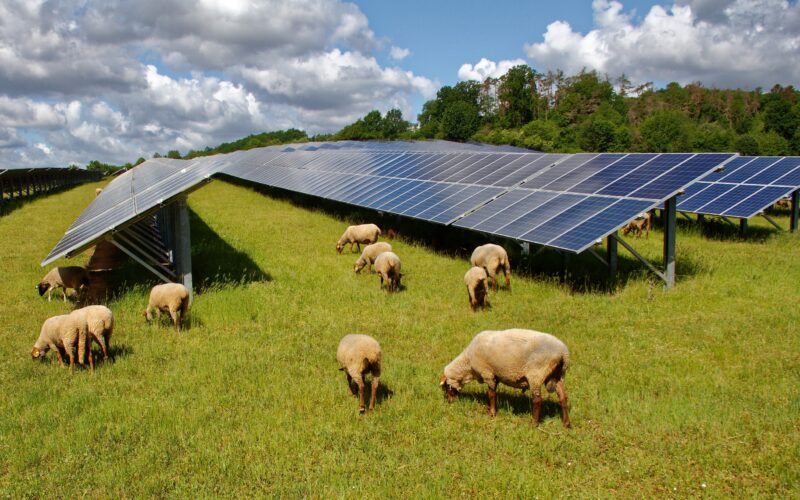Harmony Energy has been granted a resource consent to build a solar farm at Te Aroha West in the Hauraki Plains.
The project will establish and operate a 182ha solar farm, housing about 330,000 monocrystalline solar panels that will supply electricity to the national grid, powering 30,000 homes.
The total farmland area for the project is 260ha and includes about 30ha of wetland and riparian restoration, and boundary planting.
That restoration includes a 6.9ha wetland area, incorporating boardwalks for scheduled educational visits from school students and community groups to learn about solar energy and biodiversity.
It will also include retention of roosting trees for native bats (pekapeka-tou-roa), extensive riparian planting and a network of indigenous species planted as biodiversity corridors for migration of local fauna species, including birds, skinks, geckos and insects, through the site. Planting will also screen solar panels from view.
The remaining area will be pasture for sheep farming.
The consent was granted under the Covid-19 Recovery (Fast-track Consenting) Act of 2020.
The panels are expected to produce up to 147MW of power at peak times. All the electricity will flow directly into the national grid for use by homes and businesses.
The land will remain in the ownership of Tauhei Farms Limited, with livestock grazing continuing with sheep, rather than the current dairy herd.
Harmony director Pete Grogan said they are thrilled the project can now proceed. “Renewable energy is critical to mitigate the negative impact of climate change and help support New Zealand’s net-zero ambitions.
“One of the great advantages of solar power is that it accommodates dual use of land, allowing for energy generation alongside continued farming production, as will happen at Tauhei.
“This proposal also creates opportunities for local businesses and employment and creates significant biodiversity gains. We will deliver an exceptional project that the Waikato and Aotearoa can be proud of.
“We are particularly pleased the Expert Consenting Panel appointed by the EPA stated that its members have seldom observed a project that delivers such significant benefits with such comparatively few adverse effects,” Grogan said.
Construction will get underway in 2024, with the solar farm operational in 2025.
Grogan said Harmony has been speaking with iwi throughout the entire process to make sure its proposed ecological restoration is consistent with their aspirations.
“We have placed cultural heritage at the heart of the design. That includes visual integration into the landscape, as well as improving water quality, biodiversity and ecology,” he said.
The solar panels and other equipment will be set well back from surrounding roads. Solar panels are designed to absorb light and not to reflect it, so pose little risk of glint or glare. The panel array separation and height above ground will allow for continued pasture growth, with the benefit of shade and shelter for the sheep.
Grogan said NZ’s transition to net-zero is vitally important, and well thought-through solar farms can offer so much more than just clean energy.
“All project proposals should therefore be closely scrutinised on the basis of location, cultural heritage and ecological enhancement. Tauhei intentionally sets a high bar for consenting and I hope all project developers will rise to the challenge.”










